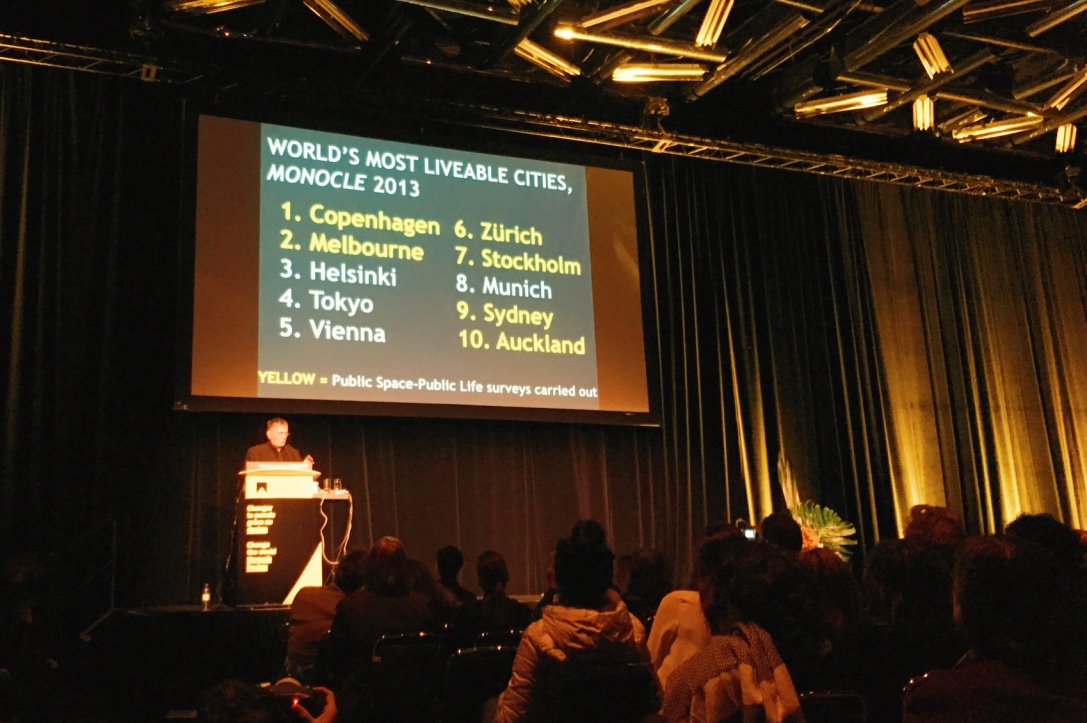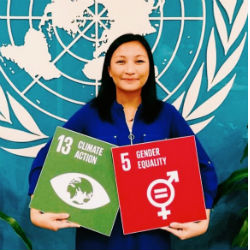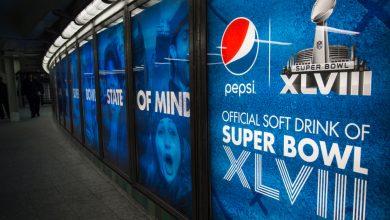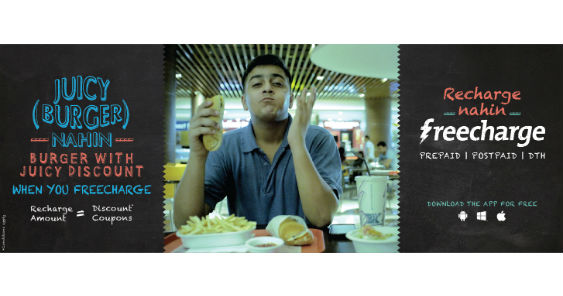By Mika Aldaba
There could not be a better city than Montreal, a UNESCO City of Design to host the inaugural World Design Summit last October 16-25, 2017. It was also celebrating its 375th anniversary. The ambitious event involved six disciplines of design: architecture, landscape architecture, urban planning, graphic design, interior design and industrial design. Professionals, government officials and business leaders from different corners of the globe came together for the common goal of how to use design to forge a better future. The climax of the summit was the signing of the Montreal Design Declaration which outlines concrete steps for designers to use as a resource for their own planning. Other highlights of the event include the creative keynotes and talks outlining concrete examples of good design.


The whole declaration can be read online: http://montrealdesigndeclaration.org/
The Urban Architecture of Living
The legendary Danish architect Jan Gehl, was self-effacing and humorous despite the magnitude of his accomplishments. Inspired by The Death and Life of Great American Cities, a book by Jane Jacobs, he bridged the big gap between the social sciences and architecture by observing urban life for 40 years. He compared his approach to design as more “street level” than “bird’s eye view”.
According to him, other cities are still stuck in the modernist view, where gigantic skyscrapers and roads built for cars are the main priority. In the 1960s, modernism was the dominant paradigm for planning. The city plan scale was well organized but the people scale was completely neglected. Modernism said goodbye to human scale and hello to “carinvasion”.

He also said that the 21st century requires a new paradigm which calls for a lively, liveable, healthy and sustainable city. One of the biggest problems we currently face is obesity caused by our “sitting problem.” To solve this, he designed urban interventions that transformed his home city Copenhagen, into a more pedestrian and biking friendly environment. Since then, Copenhagen consistently tops public life city rankings.
Sustainable Landscaping
Dirk Sijmons, after being presented with the Jellicoe Award for landscape architecture, humbly showcased his life’s work in a series of beautiful maps. His oeuvre developing the farms of the Netherlands, the “tiny country feeding the world,” was featured recently on the National Geographic. He graciously credited his team in movie style, emphasizing the importance of collaboration in design.
Production Design as World Building
Alex McDowell, renowned for designing the sets and props of Minority Report, presented his design process of world building through storytelling. Through his animated slides, McDowell illustrated how fictional futures can shape reality. Aside from mere aesthetics, his presentation detailed the entire process of thinking about the actual world as it existed in the movie. He said, “Storytelling is the way in which we make sense of the world around us. The design of a holistic and detailed world allows multiple stories to emerge, logically and organically, driven by the rules of the world.”


He imagines worlds, not existing in a vacuum but within a certain context. He creates them as holistic systems with their own politics and culture. These frameworks are used by students in his World Building class at the University of Southern California.
His storytelling narrative branches out to collaboration. McDowell also said that “New systems transform our narratives from an author-directed control of the viewer’s gaze into a collaboration between the designers of the world, its inhabitants, and the human lens.”
Graphic Design for Meaning
Amir Berbic’s recreation of his father’s brand design for their Serbian refugee camp was a history lesson that still resonates in today’s world. It showcases great classic design work that stands the test of time. The greatest stories need not be epic or grand. It can just be as simple as a touching monument of a son to his father. It was a lovely way to preserve a memory.


Collaboration not Competition
Many attendees were optimistic about the success of the World Design Declaration that was signed. Good design facilitates meaningful experiences to be shared by people. Design is evolving as something more than just the enjoyment of a few individuals.
The notion of “good design for a better world” is not new, however the acceleration of technological advances has made the stakes even higher. It is not surprising that designers are becoming more political. In 2017, the World Design Summit was joined by What Design Can Do, Design Commons in Helsinki and EDIT in Toronto, in tackling the question of how design can save the world. Hopefully, there will be even more conferences like these in the future.
What Filipinos can learn from this event is that design can save the world but not by itself. Designers aren’t dictators, rather they are mediators. They must be open-minded enough to work together not only with other professionals beyond our field but with everyone in the world. As Don Norman says “we are all designers” and design is relational by definition.
——

Mika Aldaba has been practicing as a designer for several years in Manila and Singapore for clients from most corners of the globe. Her illustrations have been published in an inflight magazine and a children’s book. She is currently pursuing a Digital Communication Leadership masters degree in Copenhagen. Spot her writing in her natural environment of airports and train stations while waiting for her next journey. She is also permanently jetlagged and misses Chicken Joy a lot.
Find her online at: http://mika.design or follow her at twitter.com/hailmika.










